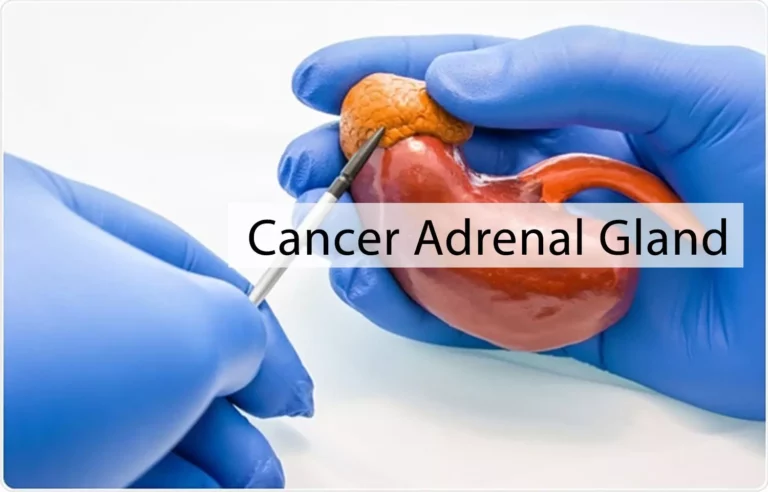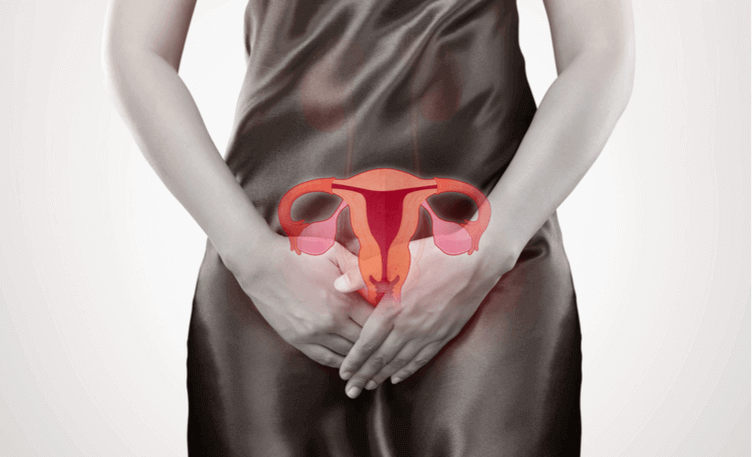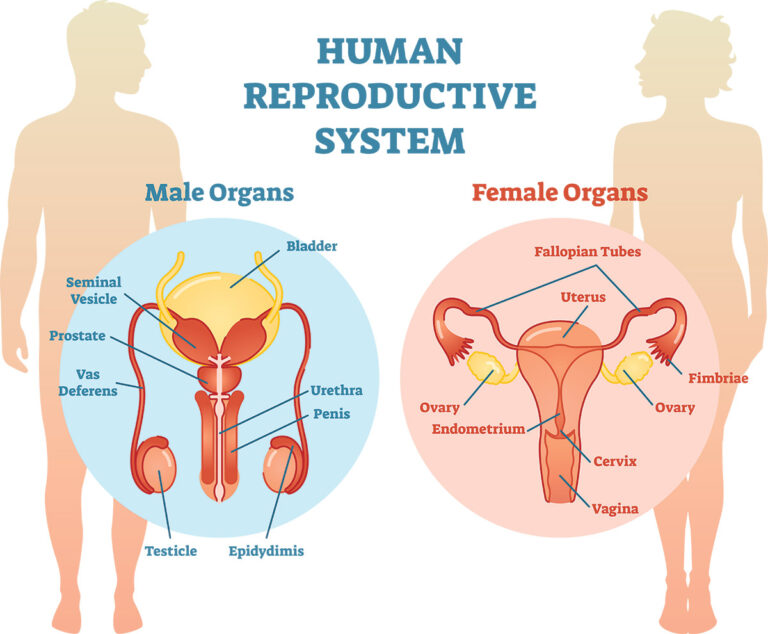Colorectal Cancer: An Introduction
Author: Shiela Lupiba
Shiela Lupiba
Category: Health
Tags: health, colorectal, cancer, colon

What is a Colorectal Cancer?
A Colorectal Cancer is a cancer that affect either your colon or rectum. These cancers can also be called colon cancer or rectal cancer, depending on where they start. Majority of colorectal cancers generally develop over time from adenomatous (precancerous) polyps. Polyps are abnormal tissue growths that most often look like small, flat bumps or tiny mushroomlike stalks. Most polyps are small and less than half an inch wide.
The photo below indicates how colon and rectum are located in the human body.

The Colon
The colon is also known as the large bowel or large intestine. It has an approximately 5- to 6-foot long tube that connects the small intestine to the rectum.
The Rectum
The rectum is the last part of the large intestine and connects the sigmoid colon to the anal canal. The rectum is a 5- to 6-inch chamber that connects the colon to the anus.
How does Colorectal Cancer develops?
Colorectal cancer develops when healthy cells in the lining of the colon or rectum grow out of control, causing a tumor. Most colorectal cancers start as small precancerous (adenomatous or serrated) polyps, which is fortunate. These polyps usually grow slowly and do not cause symptoms until they become large or cancerous. This will now allow opportunity for detection and removal at this pre-cancerous polyp stage before the development of cancer.
Signs and Symptoms of Colorectal Cancer
These are the common signs which can help you determine that you have a Colorectal Cancer:
- Change in bowel habits
This includes how often you have a bowel movement, your control over when you have a bowel movement, and the bowel movement's consistency and color. This include constipation, diarrhea, narrowing of stools, incomplete evacuation, and bowel incontinence. Other bowel movement changes may indicate greater cause for concern, tho some of it can represent just temporary infections. Knowing when to seek medical help can prevent an emergency condition, like colorectal cancer from worsening.
- Blood in the stool
This can be frightening, whether you discover it while wiping after a bowel movement or from a test ordered by your health care provider. Blood in stool means there is bleeding somewhere in your digestive tract. Sometimes the amount of blood is so small that only a fecal occult test can detect it. At other times it may visible on toilet tissue or in the toilet after a bowel movement as bright red blood. Bleeding that happens higher up in the digestive tract may make stool appear black and tarry.
This will gives you discomfort because there is the sense of fullness in your stomach area. This will then cause your abdomen to appear larger than its usual size. Abdominal pain can somewhat be alarming but in many cases, this is just because of indigestion or too much gas in your stomach. Bloating is not really that serious when nausea, vomiting, and weight loss won’t follow right after.
These are some of the tests to do if you have a Colorectal Cancer
- Colonoscopy
It is an exam used to detect changes or abnormalities in the large intestine (colon) and rectum. During the procedure of colonoscopy, they will insert a long, flexible tube, which is called colonoscope, into the rectum. A tiny video camera at the tip of the tube allows the doctor to view what is inside of the entire colon.
 https://www.google.com/search?q=Colonoscopy&sxsrf=AOaemvJEyampeNfcO7rj1opN2k0F6jWchA:1633834145316&source=lnms&tbm=isch&sa=X&ved=2ahUKEwjbuem-6r7zAhWqGaYKHer-
CYwQ_AUoAXoECAEQAw&biw=1366&bih=620&dpr=1#imgrc=uR9HQsVXNFQOXM
https://www.google.com/search?q=Colonoscopy&sxsrf=AOaemvJEyampeNfcO7rj1opN2k0F6jWchA:1633834145316&source=lnms&tbm=isch&sa=X&ved=2ahUKEwjbuem-6r7zAhWqGaYKHer-
CYwQ_AUoAXoECAEQAw&biw=1366&bih=620&dpr=1#imgrc=uR9HQsVXNFQOXM
- Biopsy
It is the removal of tissue from any part of the human body for examination to find out if you have colorectal cancer. Removing a small tissue sample using a needle or by surgically removing a suspicious nodule or lump is usually how they are going to perform it. Performing of needle biopsies on an outpatient basis with minimal preparation is also possible.
 https://www.google.com/search?q=biopsy&hl=en&sxsrf=AOaemvK4A4_Y3r7YDAxYyDOU-
Wv_ZG-
yKg:1633834444230&source=lnms&tbm=isch&sa=X&ved=2ahUKEwiMz63N677zAhXuyYsBHWRyCMYQ_AUoAXoECAEQAw&biw=1366&bih=620&dpr=1#imgrc=a7LF3XT8DJrXCM
https://www.google.com/search?q=biopsy&hl=en&sxsrf=AOaemvK4A4_Y3r7YDAxYyDOU-
Wv_ZG-
yKg:1633834444230&source=lnms&tbm=isch&sa=X&ved=2ahUKEwiMz63N677zAhXuyYsBHWRyCMYQ_AUoAXoECAEQAw&biw=1366&bih=620&dpr=1#imgrc=a7LF3XT8DJrXCM
- CT or CAT Scan
A computed tomography (CT or CAT) scan allows doctors to see what is inside your body. It uses a combination of X-rays and a computer to produce pictures of your organs, bones, muscles, and other tissues. It also shows more details than a regular X-ray.
 https://www.google.com/search?q=ct+or+cat+scan&sxsrf=AOaemvJI8Iua1pe4tzJk-7z3rq51KQmnbQ:1633843932208&source=lnms&tbm=isch&sa=X&ved=2ahUKEwje8Mn5jr_zAhXEJaYKHQziDaQQ_AUoAXoECAEQAw&biw=1366&bih=620&dpr=1#imgrc=xKg9vPiq24LbPM&imgdii=sak0ddus96Co0M
https://www.google.com/search?q=ct+or+cat+scan&sxsrf=AOaemvJI8Iua1pe4tzJk-7z3rq51KQmnbQ:1633843932208&source=lnms&tbm=isch&sa=X&ved=2ahUKEwje8Mn5jr_zAhXEJaYKHQziDaQQ_AUoAXoECAEQAw&biw=1366&bih=620&dpr=1#imgrc=xKg9vPiq24LbPM&imgdii=sak0ddus96Co0M
- Sigmoidoscopy
This is a diagnostic test used to check the sigmoid colon, which is the terminal portion of the large intestine before reaching the rectum. This section of your colon is close to your rectum and anus. A sigmoidoscopy can help your doctor to check the abnormal cells, polyps, ulcer, and cancer.
 https://www.google.com/search?q=sigmoidoscopy&sxsrf=AOaemvKJIwr1oIx4cRlS2KiNWNZdmr1fOg:1633844219856&source=lnms&tbm=isch&sa=X&ved=2ahUKEwjqyN6CkL_zAhXiKqYKHd4LBDEQ_AUoAXoECAEQAw&biw=1366&bih=620&dpr=1#imgrc=-5YcJdVXxxH09M
https://www.google.com/search?q=sigmoidoscopy&sxsrf=AOaemvKJIwr1oIx4cRlS2KiNWNZdmr1fOg:1633844219856&source=lnms&tbm=isch&sa=X&ved=2ahUKEwjqyN6CkL_zAhXiKqYKHd4LBDEQ_AUoAXoECAEQAw&biw=1366&bih=620&dpr=1#imgrc=-5YcJdVXxxH09M
What is the difference between Colonoscopy and Sigmoidoscopy
The difference between Colonoscopy and Sigmoidoscopy test is the part of the colon they allow doctor to see. Colonoscopy test deals with checking up the entire large intestine. On the other hand, Sigmoidoscopy test looks at the lower part of your colon, which makes it the less invasive one.
Prevention
There is no sure that you can prevent Colorectal Cancer. But there are things or ways that you can do to at least help lower your risk. These are the following prevention:
- Make sure to have Colorectal Cancer Screening
Precancerous polyps abnormal growths in the colon or rectum can be found through screening. By removing such, it can help prevent them turn into cancer. You should make sure to have Colorectal Cancer Screening because it can help you treat such if you ended up having one because it is highly treatable.
- Being physically healthy
It is important to maintain a healthy well-being. This can be done by eating healthy nutritious food and by following diet. Also, it is more important to do exercise by doing physical activity which can help you improve your immune system. Being more active can help lower your risk of Colorectal Cancer
- Avoid smoking
Long-term smoking is linked to an increased risk of colorectal cancer, as well as many other cancers and health problems. It is important to avoid smoking if you want to help yourself away from Colorectal Cancer. By doing such, it will help you improve your blood circulation which will then make any physical activity much easier.
There are still lots of prevention to avoid or to help lower the risk of Colorectal Cancer. We just need to live in a healthy lifestyle to have a better physical, social, and psychological well- being. Together, let us live a much healthier life.













